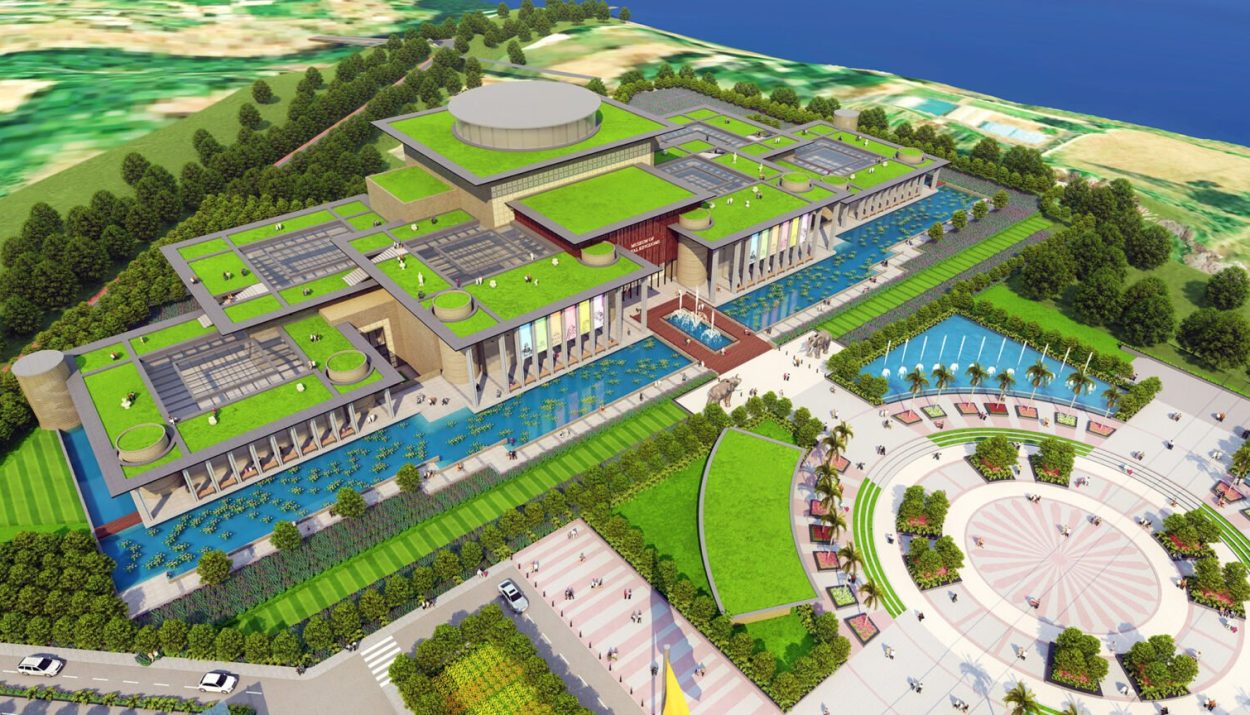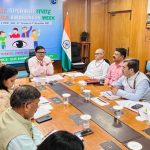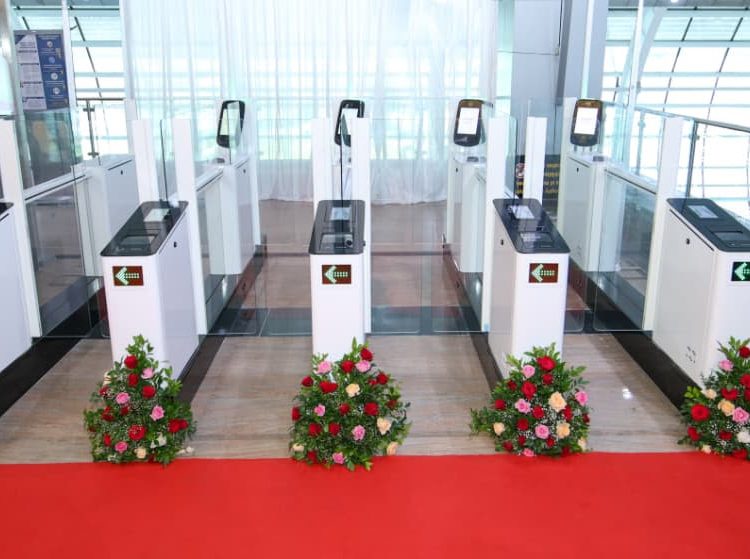The Museum of the Royal Kingdom of India, will serve as a national repository celebrating India’s royal heritage with galleries of regalia, artefacts, textiles, manuscripts, paintings, and archival materials from various dynasties and princely states.
It will be built on five acres of land near the Statue of Unity in Ekta Nagar.
Through four thematic galleries, it will offer visitors an interactive experience with historical artefacts, documents, and digital installations.
It aims to preserve the memory of the past while inspiring future generations with the timeless spirit of unity and sacrifice.
Historical Background
At the time of India’s Independence on 15 August 1947, the subcontinent comprised British-administered territories and over 550 princely states and kingdoms.The political integration of these states into the Indian Union represents one of the most defining achievements of our nation post-Independence.
Under the leadership of Sardar Vallabhbhai Patel, then Deputy Prime Minister and Home Minister, the rulers of the princely states were persuaded to accede to India through the Instrument of Accession.
By 1949, nearly all princely states had joined the Indian Union, laying the foundation for a unified and sovereign Republic.
This peaceful unification stands as a testament to India’s spirit of diplomacy, inclusivity, and nation-building.
Objectives
The museum initiative is envisioned with the following key objectives:
To document and display the rich legacy of India’s royal and princely states.
To preserve artefacts and archival materials that reflect India’s royal traditions and their contribution to the nation’s unity and cultural identity.
To educate and engage the public on the historical process of integration, the contribution of the princely states and the evolution of India’s governance and cultural unity.
To serve as a centre for research, preservation, and public learning on India’s regal and democratic heritage.
Key Design Features
This museum will offer a variety of exciting features to explore.
Inspired by the National Education Policy (NEP) 2020, the museum will feature a dedicated gallery for interactive and experiential learning, allowing visitors to explore history in an engaging and entertaining manner.
The museum’s architecture is designed to harmonise with the natural landscape. Water bodies, fountains, courtyards, and gardens form its core structural elements.
Visitors enter through a landscape inspired by royal gardens, setting the tone for the grandeur inside.
The visit concludes at the Museum Cafe, where tourists can savour royal cuisine while reflecting on their experience.
Spread across four thematic galleries, it will provide visitors with a rich and interactive experience through historical artefacts, documents, and digital installations.








